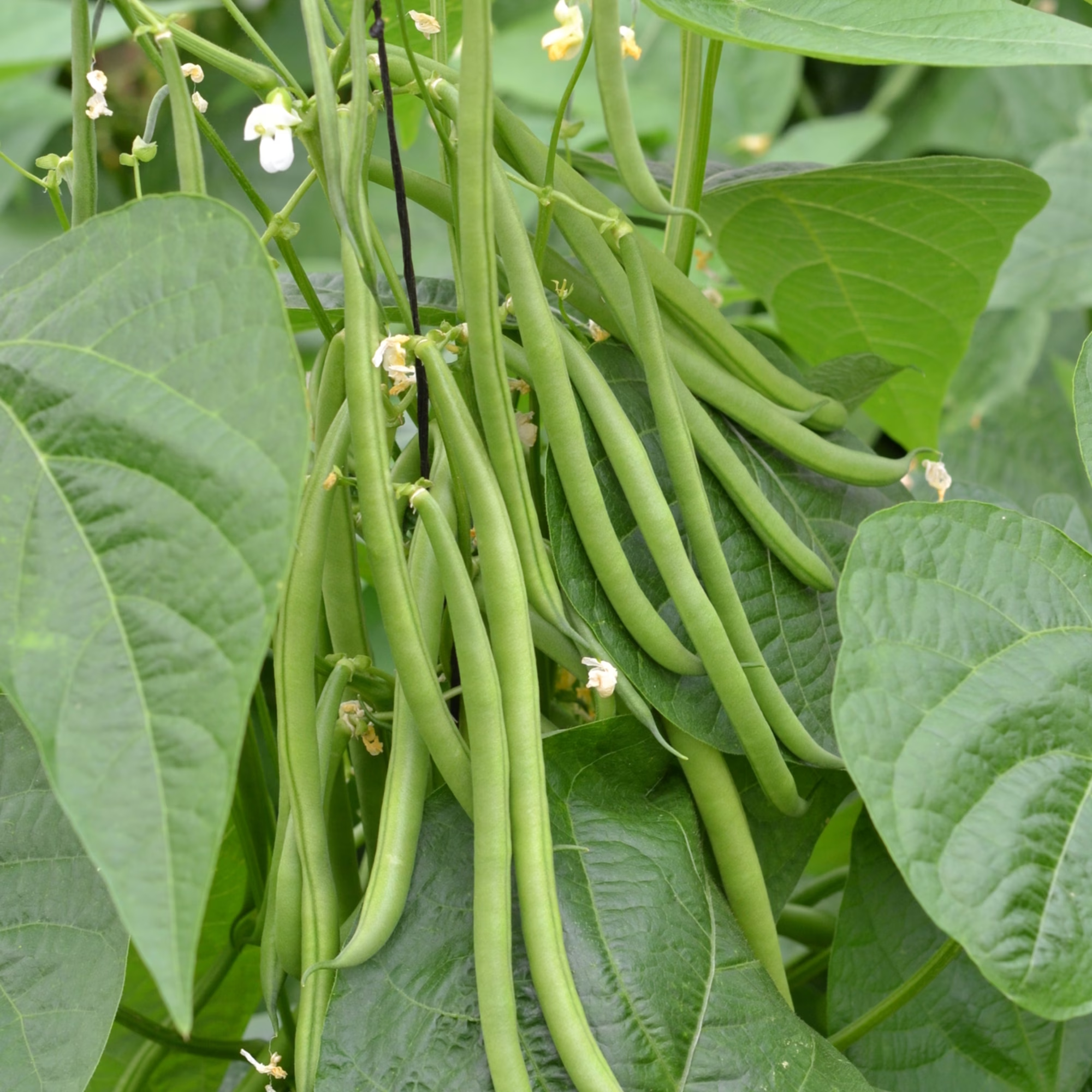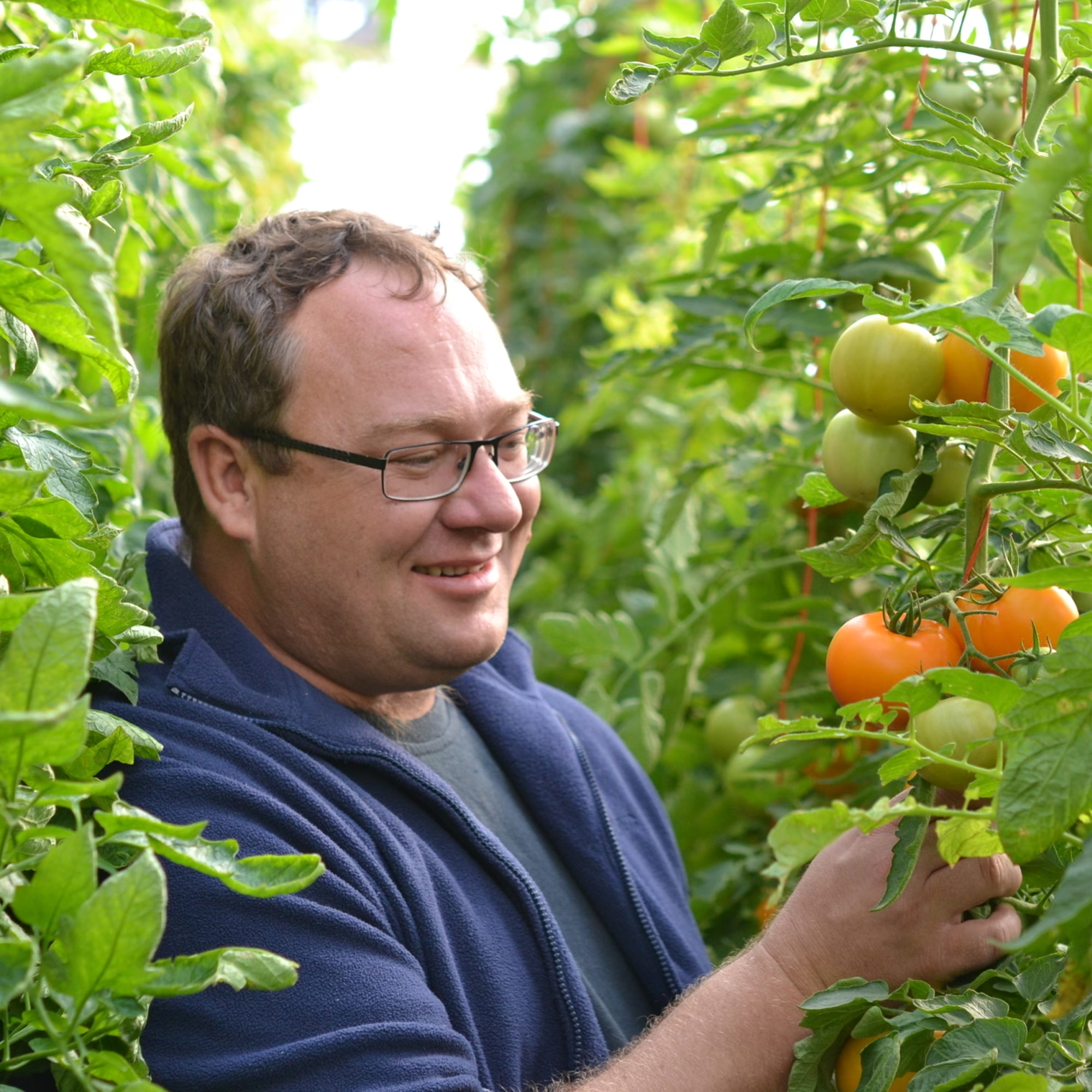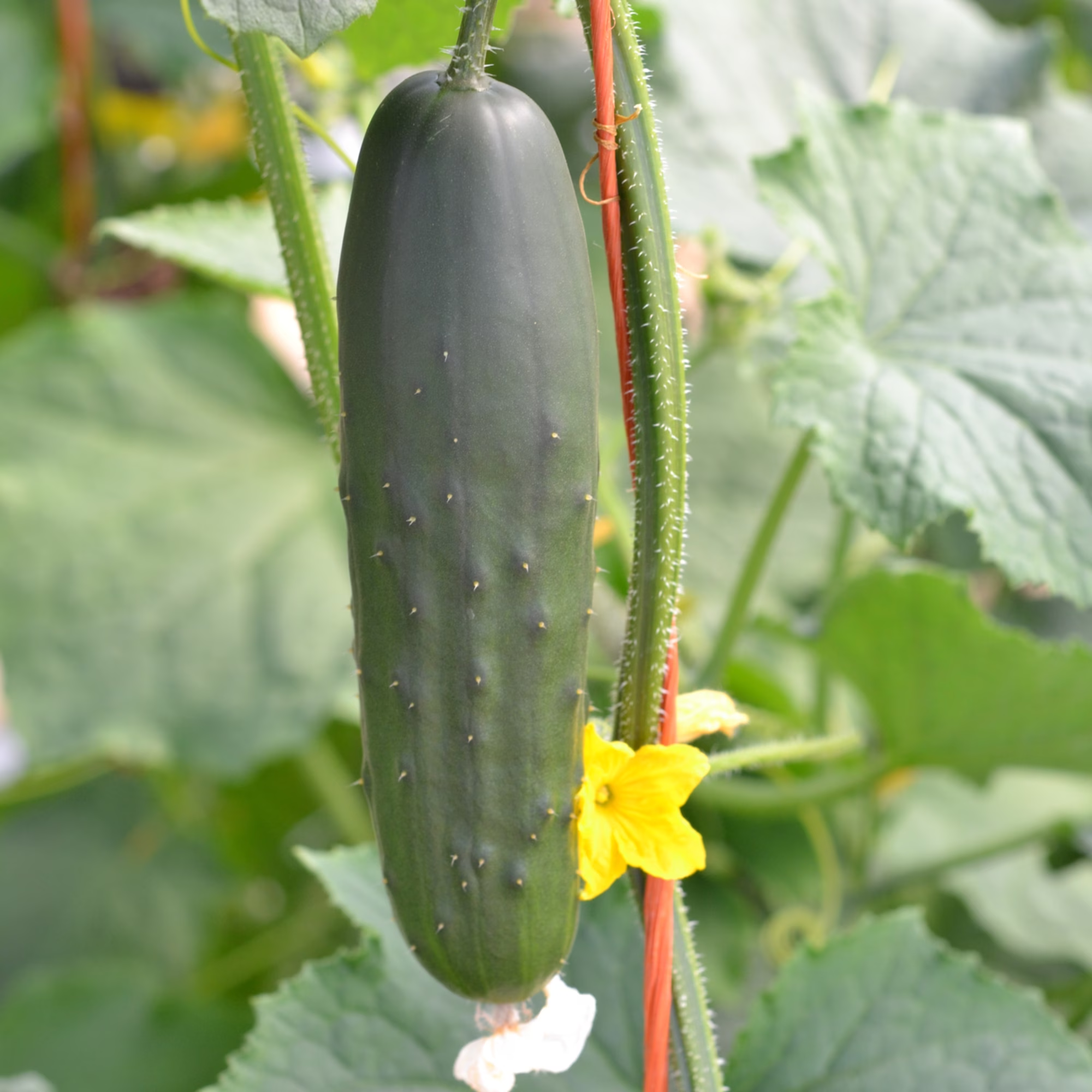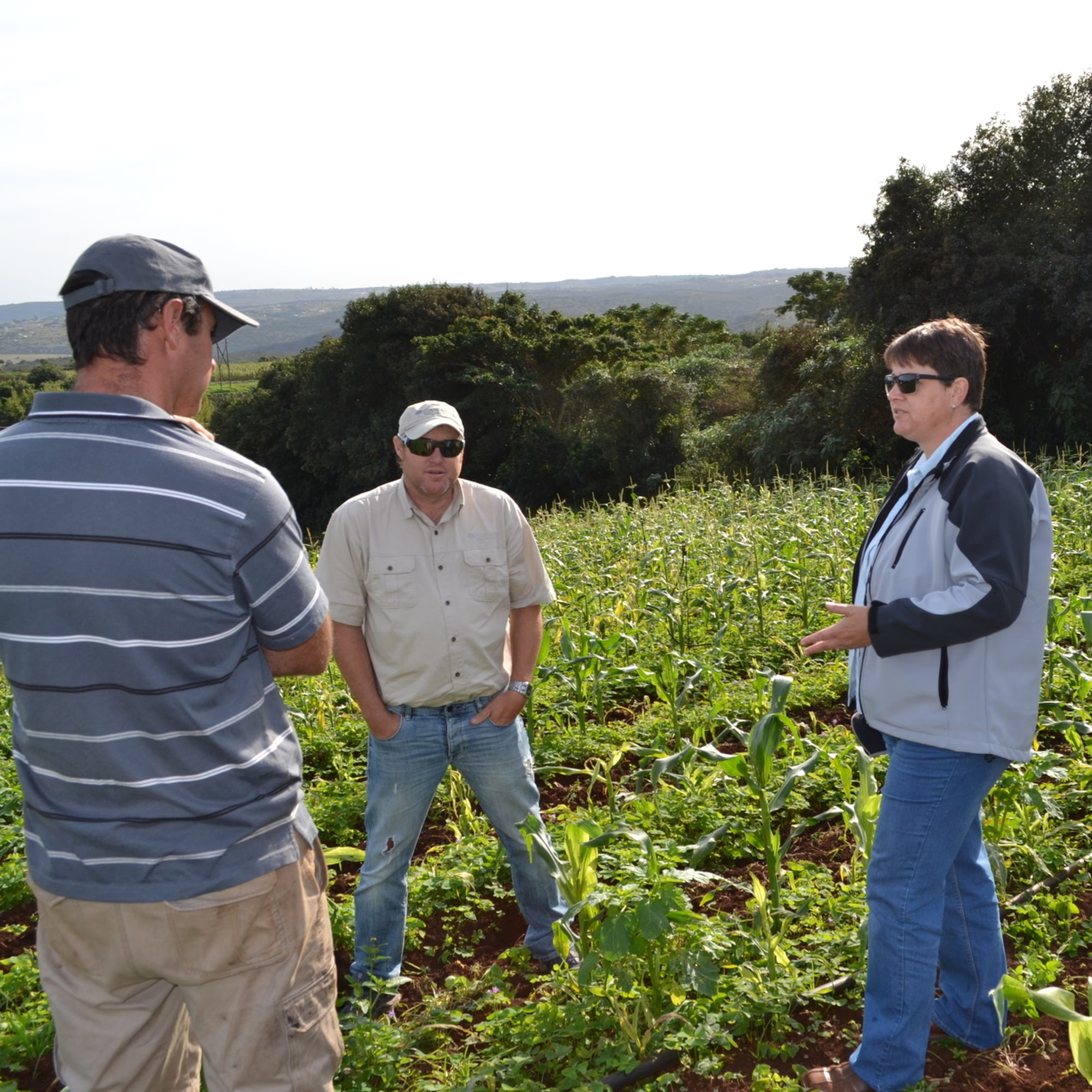Maintaining plant health, and ongoing research to mitigate threats, are vital to ensure healthy crops and sufficient, sustainable food production to feed the growing world population.
Numerous factors influence the emergence and spread of pathogens on plants. Through extensive research and study, we can gain understanding of the environmental conditions that influence the behaviour of causal agents, so that we can come up with ways to manage these diseases.
Pathogenic organisms, such as fungi, bacteria and viruses, infect plants in different ways. Fungi in most cases grow intracellularly inside the host cells, and they often result in mouldy growths on a plant.
Plant pathogenic bacteria grow in intercellular spaces between cells and can cause wilting or spots on the leaves and fruit of plants. Viruses are obligate parasites that cannot complete their life-cycle without exploiting a suitable host. Symptoms of a viral infection in plants include leaf yellowing, mosaics, distortion and other growth abnormalities.
Pathogens have various ways of manifesting themselves in plants. They either reduce the quality of produce or decrease yields. Some diseases, such as Armillaria root rot, may take years to kill a tree, while others, such as bacterial wilt, may shorten the lifespan of a tomato in a matter of days.


Starke Ayres tomato breeder, Theo Bekker inspecting the plants
While a pathogen’s initial target is the living cells of a plant, a secondary production of toxins can cause harmful diseases in humans and animals consuming the plant material. “There are fungi that are able to produce poisonous substances, in, for instance, grain used for maize meal, for example Fusarium spp., that are harmful to animals, as well as humans,” says Starke Ayres plant pathologist Wilmarie Kriel.
While the spread of pathogens by wind, water and contaminated soil is natural, the macro trade in plants between countries has become one of the most common pathways through which plant infections spread.
“We’ve seen diseases that occur in other parts of the world suddenly popping up in South Africa due to the movement of plant material in the form of seeds and cuttings. This even happens within the country and you end up with cases of diseases and pests occurring in provinces where they didn’t exist before as a result of transportation and distribution of food produce and other plant material,” explains Kriel.
When compared to other parts of the world, South Africa’s environmental conditions and agricultural practices have ensured that we have fewer diseases threatening our forestry and food crops than some other countries.
“If you go to Europe or the United States, you see diseases we have never encountered in South Africa,” says Kriel.
“Environmental conditions in South Africa are less favourable for infection and disease development. In general, we have lower humidity and we can regulate water application through our irrigation systems to ensure they adequately support the production of crops. So, the general health of our crops is way better than that of most of the European countries and the US,” she adds.


Left to right: Starke Ayres Rep. Jono Rawlinson, farmer Clinton Krull and Starke Ayres plant pathologist Wilmarie Kriel
Plant health research needs to be prioritised, especially in developing countries, in order to mitigate the threat pests and pathogens pose to our already diminished food-production capacity and biosecurity systems.
“There needs to be greater investment and support for plant health research if we want to achieve sustainable food production for the country. There are also indigenous plants and microbial organisms that can be a major source of knowledge and novel chemicals, if we can just get more researchers to conduct extensive studies in this field,” notes Kriel.
“The findings could lead to new measures to manage plant pests and diseases and increased crop productivity. The information can also provide useful insights that may help inspire innovations that could help grow our food supplies,” she concludes.